From Caravaggio to Egyptian antiquities – the best summer art shows are here
From a blockbuster celebrating a pharaoh to exhibitions celebrating Picasso and Van Gogh, there are plenty of visual delights on offer at home and abroad | See the full list.
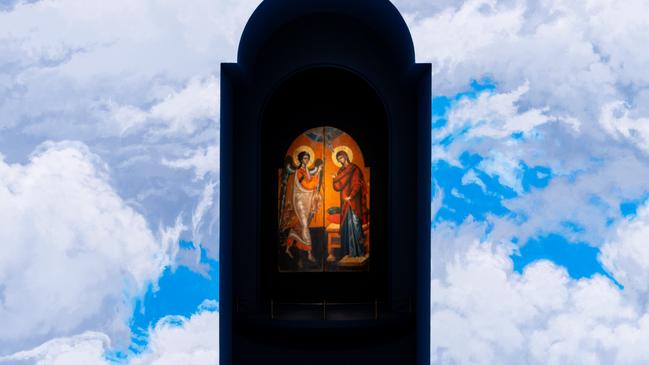
The most impressive exhibition in Australia this summer is, for once, at the Australian Museum in Sydney: a collection of important and beautiful pieces from the Egyptian Museum in Cairo, celebrating Pharaoh Ramses II – a contemporary of the Trojan War, and the ruler under whom Moses led the people of Israel out of their Egyptian captivity and into the Promised Land. Among the treasures of this exhibition is the miraculously preserved cedar coffin of the great pharaoh, but there also outstanding pieces in gold, stone and other materials.
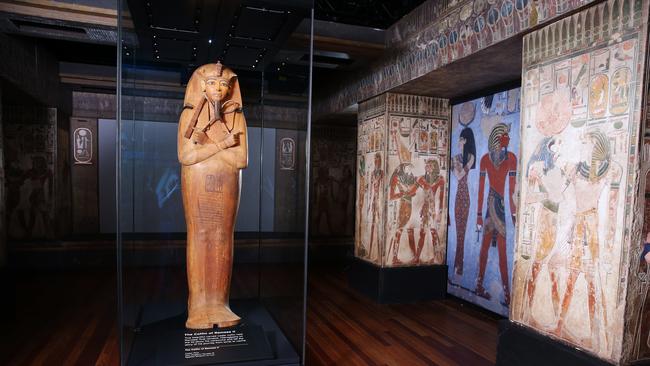
The Art Gallery of NSW, after two years of virtual inertia since the Matisse exhibition at the end of 2021, has a good survey of Kandinsky, albeit entirely brought in from the Guggenheim in New York. There is also a much-hyped Louise Bourgeois exhibition. The less neurotic and more appealing work of Tacita Dean is at the Museum of Contemporary Art.
Among other galleries in Sydney, the Powerhouse has Leo Schofield’s eclectic but absorbing collection of 1001 Remarkable Objects, and the State Library has a display celebrating the 400th anniversary of the publication of Shakespeare’s First Folio, as well as the Charles Rodius exhibition reviewed here in October.
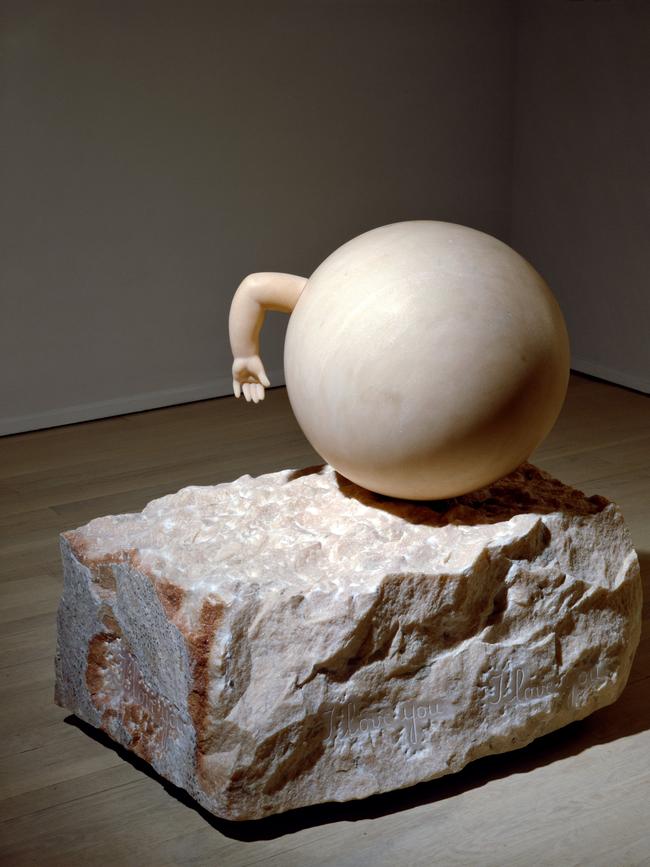
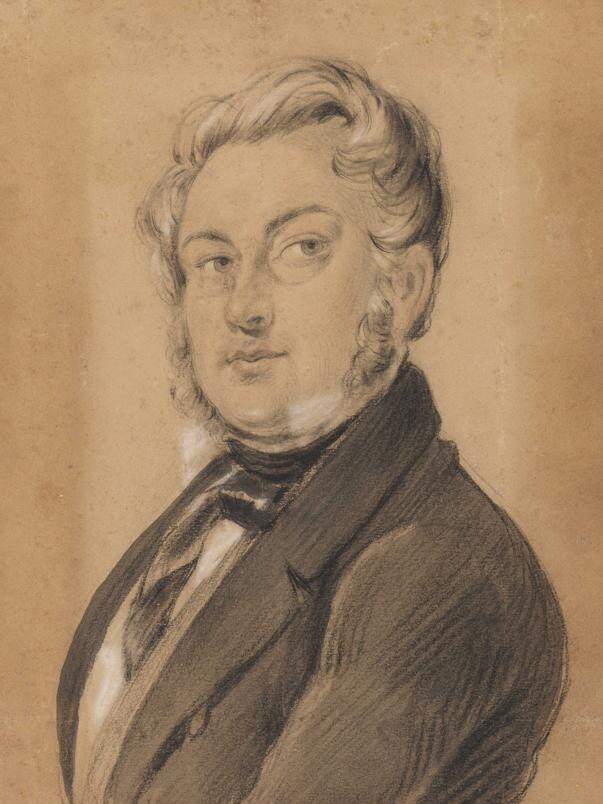
There is also a small but significant group of early Aboriginal artefacts on loan from various anthropological collections in Britain.
In Canberra, the most important exhibition is again at a museum and again devoted to Egypt: Discovering Ancient Egypt comes from the Dutch National Museum of Antiquities in Amsterdam, and as its title suggests, has a particular focus on the history of discovery, including the story of the deciphering of the hieroglyphic script that had tantalised modern scholars for centuries. This is a big year for Egyptology in Australia, since the National Gallery of Victoria will also have an exhibition from the British Museum next winter.
The National Gallery – which has had a turbulent year with the cancellation of its APY survey, its winter exhibition, Ngura Pulka, after The Australian’s “white hands on black art” investigation – is presenting a survey of Emily Kame Kngwarreye. One thing to look forward to at the NGA, in spite of all this, is the Gauguin exhibition planned for next winter.
In Melbourne, the NGV has its Triennial, if you like the colossal contemporary art smorgasbord approach, as well as Photography Real and Imagined, reviewed here two weeks ago, and a survey of Hermannsburg watercolours, with a few examples of the work of Albert Namatjira and a large number of pieces by his many descendants and imitators.
The Australian Centre for Contemporary Art has From the Other Side, an exploration of the theme of horror in art and the Australian Centre for the Moving Image presents a series of immersive installations by the English group Marshmallow Feast. The State Library of Victoria’s Luminous: A Thousand Years of Hebrew Manuscripts is based on a group of 37 precious works from the British Library’s 2020 Hebrew Manuscripts: Journeys of the Written Word exhibition, complemented by others from the Library’s own David Hailperin collection.
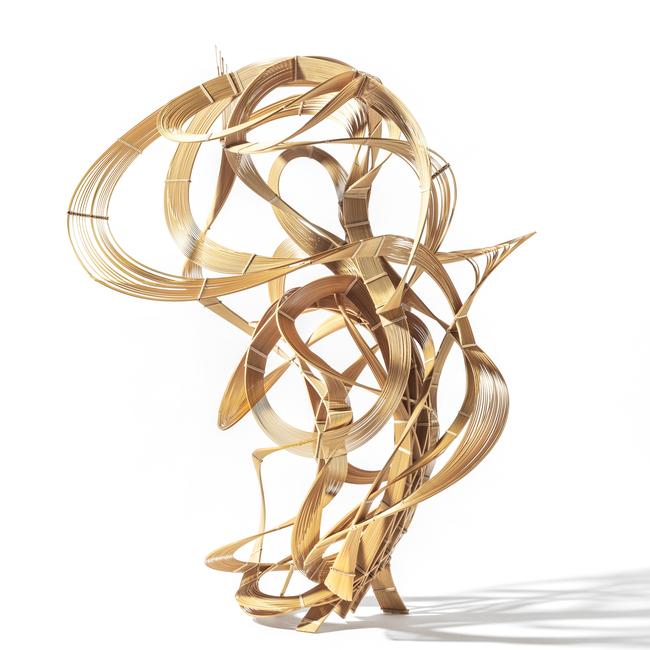
A little further afield, Heide has a survey of Lee Miller, the Surrealist photographer and pupil and companion of Man Ray. Geelong Gallery, almost unbelievably, is presenting a collection of APY painters accompanied by a blurb on the website that must have been written before the revelations that have cast such serious doubts over the integrity of this movement. Castlemaine has what looks like an interesting exhibition devoted to art and geology, and – looking a little further ahead – Bendigo will be showing Paris: Impressions of Life, a loan exhibition from the Musée Carnavalet (March to July).
In Brisbane, the Queensland Art Gallery and Gallery of Modern Art have Fairy Tales as their principal summer exhibition, as well as a couple of smaller shows, including a survey of the work of Isaac Walter Jenner (1836-1902) and I Can Spin Skies, devoted to textiles in Asia and art inspired by textile forms and patterns.
Adelaide’s Art Gallery of South Australia has Misty Mountain, Shining Moon, a survey of landscape in Japanese art, reviewed here in September, as well as the large but patchy annual compilation of Aboriginal art, Tarnanthi. For something much less predictable, the David Roche House Museum’s Wedgwood: Master Potter to the Universe turns out to have an intriguing connection with the history of Australia.
Finally, Tasmania is once again dominated by MONA in Hobart, whose main summer exhibition, Heavenly Beings: Icons of the Christian Orthodox World is an ambitious survey of the history of religious painting within the eastern Christian tradition, especially after the fall of Constantinople to the Ottoman Turks in 1453. Two other exhibitions are devoted to the work of Jean-Luc Moulène and to the evocation of the interior of a volcano.
Overseas, the National Gallery in London offers a range of significant exhibitions, starting with Frans Hals, the great 17th century Dutch portraitist; Pesellino: a Renaissance Master Revealed; and The Last Caravaggio, a rare opportunity to see The Martyrdom of Saint Ursula outside Naples – not only probably Caravaggio’s last picture, but one that includes his last self-portrait, ingeniously woven into the composition to look as if he too has been struck by the fatal arrow that kills the saint.
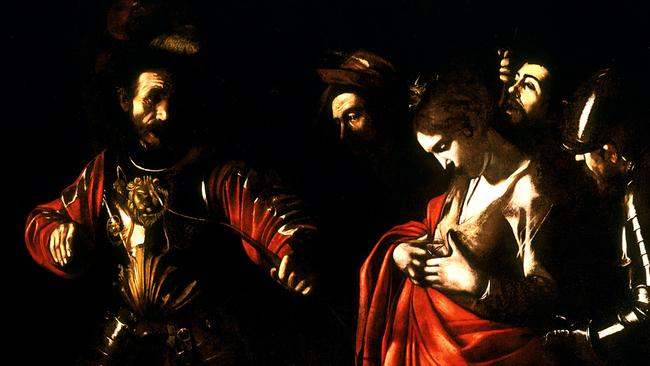
The British Museum’s Burma to Myanmar looks at one of the least well known cultures on the border of the Indian subcontinent and Indochina. Legion: Life in the Roman Army begins on February 1 and runs until June 23, delving into the structure and culture of the military system that built the Roman Empire and then maintained peace and kept barbarian hordes at bay for so many centuries.
In the field of modern art, the most interesting exhibition in London is no doubt the survey of Philip Guston at the Tate Modern. Guston (1913-80), who changed his original name Goldstein in the face of anti-semitism in 1930s California and subsequently moved to New York, was an unconventional and idiosyncratic painter. This exhibition, co-organised with several American galleries, was initially postponed in 2021 because the Americans were panicked by the possible misinterpretation of Guston’s hooded Klansmen figures – whose origins, of course, lie in the racial prejudice the artist had himself experienced. The controversy is well explained in a February 2021 piece by Sean O’Hagan (search “Sean O’Hagan Guston”).
In Paris, there are more pictures from Naples – in fact 60 masterpieces of the Capodimonte Museum are being shown at the Louvre under the title Naples à Paris, while the Neapolitan gallery is closed for renovations. Treasures include Titian’s two portraits of Pope Paul III Farnese, alone in 1543 and with his grandsons in 1545; the same artist’s Danaë and the Shower of Gold, c. 1544-45; Caravaggio’s Flagellation, 1607; Annibale Carracci’s Choice of Hercules, 1596, Artemisia Gentileschi’s Judith and Holofernes, c. 1612-13, and Guido Reni’s Atalanta and Hippomenes, c. 1615-18, which is on the cover of the catalogue.
The Musée d’Orsay is presenting Van Gogh in Auvers-sur-Oise: The Final Months, an exhibition that for the first time focuses on the artist’s work between his return to the north of France in May 1890 and his suicide in the midsummer of 1890. This period of just over two months in Auvers, northwest of Paris, has usually been treated as an epilogue to the year or so in Saint-Rémy (1889-90), but both Vincent’s art in this period and the reasons for his deteriorating mental state deserve closer attention. This exhibition was co-produced with the Van Gogh Museum in Amsterdam, where it was shown this year to mark the 50th anniversary of its opening in June 1973.
The Centre Pompidou, finally, has Picasso: dessiner à l’infini (Picasso: endlessly drawing) with more than a thousand drawings, prints and sketchbooks in an exhibition commemorating the half-century since the artist’s death in 1973. Corps à corps is a survey of the history of humanity as a subject for photography with some 500 works drawn from the Pompidou’s own holdings and from the private collection of Marin Karmitz.
Elsewhere in Europe, Gallerie Nazionali Barberini Corsini (Palazzo Barberini) in Rome has The City of the Sun: baroque art and scientific thought in the Rome of Urban VIII – an important subject when we consider that Pope Urban VIII Barberini was a friend of scientists and scholars who is often unfairly remembered as the man who forced Galileo to recant his heliocentric theories – but only after he was pressured by the ultraconservative Spanish.
In Washington, the National Gallery of Art has a survey of the photographs of Dorothea Lange, subtitled Seeing people; a few of her pictures have become extremely famous as evocations of the harsh life of the southern states in Depression America, but this exhibition includes many more images of migrant and other communities. Etched by Light: photogravures from the collection 1840-1940 tells the story of the technology that allowed photographs to be etched onto copper plates and then printed with ink, producing a singularly beautiful and subtle image. The gallery website includes a link to a short video that clearly and helpfully explains a contemporary version of the process.
The Metropolitan Museum in New York also has a photographic exhibition, based on the very early pictures that Maxime du Camp took in Egypt and the Middle East in 1849; he came back with 200 negatives, of which 125 became illustrations for Egypte, Nubie, Palestine et Syrie (1852), “the first photographically illustrated book published in France” – incidentally a reminder of the fascination with Egypt with which we began and which goes back to Herodotus in the fifth century BC. The exhibition, however, focuses on the artist’s own proofs and the question of what was chosen or omitted in the production of the book.
Also at the Met, Africa and Byzantium looks at the relations between the Eastern Empire that survived for a millennium after the fall of Rome in the west, and African nations such as Ethiopia, whose population was Semitic (hence the story of the Queen of Sheba, and the Solomonic ancestry claimed by the country’s later rulers) and which adopted Christianity in the early 4th century, as well as the regions of north Africa and Egypt which were long known to and settled by Greeks and Romans.
Finally, one of the most important modern art-historical exhibitions of our summer – and the northern winter – is no doubt the Met’s Manet/Degas, which was shown at the Musée d’Orsay in the first half of this year. Edouard Manet and Edgar Degas are two of the giant figures of modernist painting, and, unlike so many of those who came after them, every picture was unique and original; this was long before artists started to produce “bodies of work” for exhibitions, and the 20th century art market turned painters into consumer brands.
Exhibitions in Australia
SYDNEY
Australian Museum
Ramses: Gold of the Pharaohs. Until May 19
Art Gallery of NSW
Kandinsky, until March 10
Louise Bourgeois: Has the Day Invaded the Night or Has the Night Invaded the Day? Until April 28
Museum of Contemporary Art
Tacita Dean. Until March 3
Powerhouse Museum, Ultimo
1001 Remarkable Objects. Until Feb 4
State Library of NSW
For All Time: Shakespeare in Print. Until February 25
Charles Rodius. Until May 12
Wadgayawa Nhay Dhadjan Wari. Until January 28
CANBERRA
National Museum of Australia
Discovering Ancient Egypt. Until September 8
National Gallery of Australia
Emily Kam Kngwarray. Until April 28
MELBOURNE
National Gallery of Victoria
Photography real and imagined. Until January 28
Watercolour Country: 100 works from Hermannsburg. Until April 14
Triennial. Until April 7
Australian Centre for
Contemporary Art
From the Other Side. Until March 3
ACMI
Marshmallow Laser Feast: Works of Nature. Until April 14
State Library of Victoria
Luminous: A thousand years of Hebrew manuscripts. Until April 14
Heide Museum of Art
Surrealist: Lee Miller. Until February 25
Bendigo Art Gallery
Paris: Impressions of Life 1880-1925. From March 16 until July 14
Castlemaine Art Museum
Stonework. Until July 28
BRISBANE
Queensland Art Gallery/ Gallery of Modern Art
Fairy Tales. Until April 28
ADELAIDE
Art Gallery of South Australia
Tarnanthi. Until January 21
Misty Mountain, Shining Moon: Japanese landscape envisioned. Until March
David Roche House Museum
Wedgwood: Master Potter to the Universe. Until January 27
HOBART
MONA
Heavenly Beings: Icons of the Christian Orthodox World. Until April 1
International exhibitions
LONDON
The National Gallery
Frans Hals. Until January 21
Pesellino: A Renaissance Master Revealed. Until March 10
The Last Caravaggio. April 18 until July 21
British Museum
Burma to Myanmar. Until February 11
Legion: Life in the Roman Army. February 1 until June 23
Tate Modern
Philip Guston. Until February 25
PARIS
The Louvre
Naples in Paris. Until January 8
Musée d’Orsay
Van Gogh in Auvers-sur-Oise: The Final Months. Until February 4
Centre Pompidou
Picasso: Endlessly Drawing. Until January 15
Corps à corps: History of Photography. Until March 25
ROME
Palazzo Barberini
The City of the Sun: Baroque art and scientific thought in the Rome of Urban VIII. Until February 11
WASHINGTON
National Gallery of Art
Dorothea Lange: Seeing People. Until March 31
Etched by Light: Photogravures from the Collection 1840-1940. Until February 4
NEW YORK
Metropolitan Museum
Proof: Maxime Du Camp’s Photographs of the Eastern Mediterranean and North Africa. Until January 21
Africa and Byzantium. Until March 3
Manet/Degas. Until January 7




To join the conversation, please log in. Don't have an account? Register
Join the conversation, you are commenting as Logout